How student-adult partnerships can scaffold student leadership
“Did you know that the same areas in the brain light up when a person is curious as when that person is given candy or money?” Stowe Middle School students Macey Crowder and Shelby Lizotte posed this question to Stowe’s school board during a presentation to their school board. Representing their Student Engagement Committee, they shared the results of a survey given to all Stowe Middle School students to measure the level of engagement at their school.
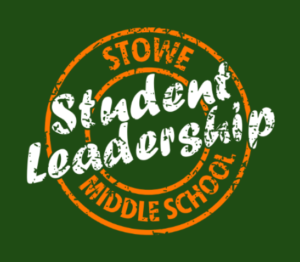
A focus on leadership:
Stowe’s principal, Dan Morrison, has made it one of his top goals this 2018-19 school year to create multiple leadership roles for his middle school students. He believes, as Betty Edwards does,
“If we want students to work in partnership with adults, we must give them the opportunities to develop leadership skills—skills that allow them to manage time, work as a team, set goals, solve problems, facilitate meetings, defend positions, and make effective presentations.” The Power of Youth Leadership: Effective middle schools ensure all students have opportunities to lead
To that end, Morrison created and teaches a Student Leadership Course in Schoology.
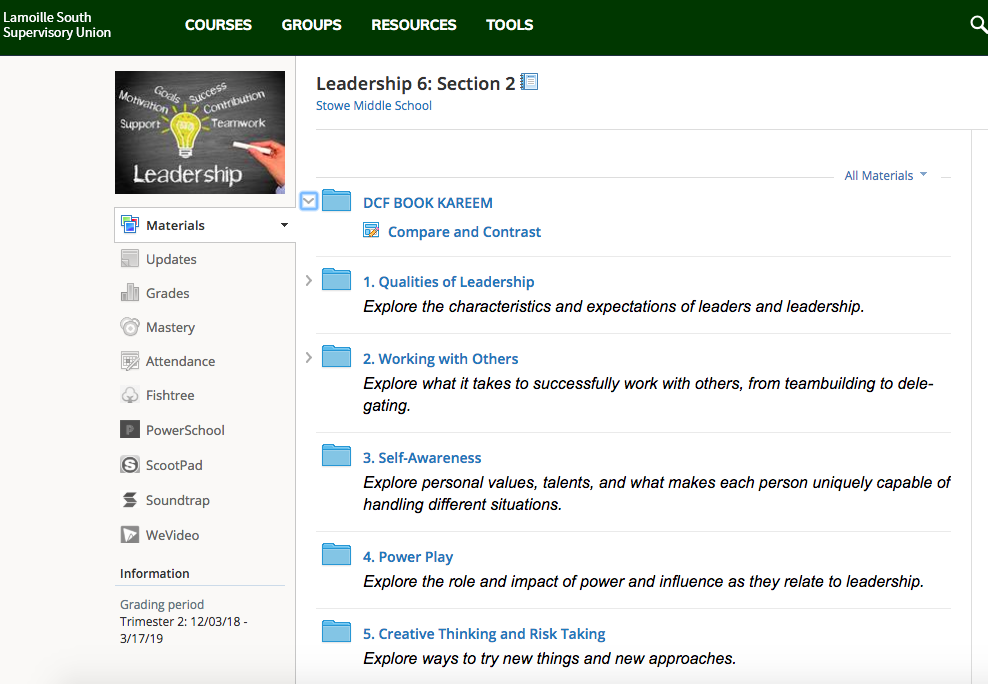
Stowe students as well are active participants in two other opportunities for student leadership: the Scholarly Habits Redesign Committee and the Student Engagement at Stowe Committee. Both committees use the design thinking framework and collect and analyze data in order to take on challenges they’ve identified for school improvement.
Student & adult partnerships:
Leadership course
In October, Stowe student leaders presented to their community on open house night. They shared how the school was shifting from traditional parent teacher conferences to student led conferences this year. They distributed this one-page tips sheet meant to help families prepare for the shift.
Scholarly habits at Stowe:
Lindsey Halman and Helen Beattie from Up For Learning help facilitate the Scholarly Habits Redesign Committee. The task: redesign and reintroduce the scholarly habits to students, teachers, and the Stowe community. The students participated in a summer retreat. Next, they led a faculty meeting to help teachers better understand the scholarly habits, which include learning strategies, perseverance, mindset and social skills. Committee member Nadia Chudzil explains:
“Many people asked us “Why are you doing this?” There are many reasons why we are doing this. We feel that Scholarly Habits needs to be reevaluated from a student’s perspective. Many students felt that Scholarly Habits was something that our teacher made us do. We also felt that we had no voice in our Scholarly Habits experience. Now that the students are redesigning them, we can make Scholarly Habits something students are interested in and are excited for. Having students do this can help other students be more excited about it because they know that it wasn’t just the teacher telling them about something they HAD to do, but instead they will know that there was student voice in making this a norm in our school.”
The committee has since collected data from all stakeholders (students, staff, parents, community members) through a survey and interviews. The survey and interviews focused on understanding both the level of ownership and knowledge of the Scholarly Habits. The committee met at the end of November to analyze their data. They will be meeting again mid-January to develop their action plan and begin their SH Campaign.
Student engagement at Stowe:
The task for the Student Engagement Leadership Committee is to understand the current level of engagement at the middle school and consider ways to both celebrate and find areas for growth. To that end, a group of seven students (6th, 7th, & 8th graders) convened. We co-constructed a working definition of engagement and set out to collect data about the current state of engagement at the middle school.
Data collection:
Working with a Tarrant Institute research fellow, Steve Netcoh (nicknamed Survey Sensei), the students selected engagement indicators from three different national engagement surveys they thought best suited the context at Stowe. They received advice from him about how to build a survey that would elicit honest feedback.
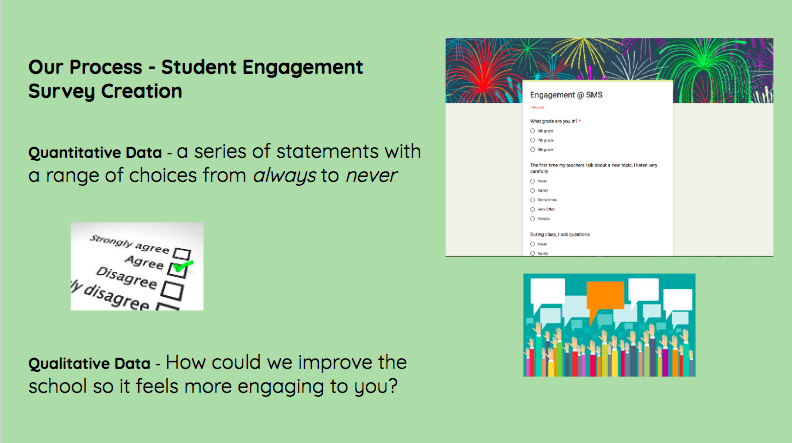
The committee decided the best way to encourage survey participants to take the survey seriously was to engage them first. They created a Kahoot meant to get players to think about why engagement is important in the learning process. All middle schoolers eagerly participated and then took the survey.
Data analysis:
Committee members discussed the results of the quantitative data looking for celebrations and areas of for growth:

Next, the committee took on the challenge of coding the qualitative responses. They looked for trends, including:
- Student Input/Freedom (class choice)
- Activity/Break
- Change Environment
- Grades/Workload
- Change in Teaching (Hands on).
Most of the responses were about students wanting more opportunities to have freedom and their voices be important. This was also represented in the quantitative data as well.
The group once again worked with Survey Sensei Steve to look at results from each of the grade levels. The committee looked at the 20% of students whose answers showed they were disengaged in school.
Presenting findings:
“Did you know that the same areas in the brain light up when a person is curious as when that person is given candy or money?” Stowe Middle School students Macey Crowder and Shelby Lizotte posed this question to Stowe’s school board during a presentation to their school board. Representing their Student Engagement Committee, they shared the results of a survey given to all Stowe Middle School students to measure the level of engagement at their school.
Superintendent Wrend asked the committee to go further with the data. Explore ways to build on current successes and improve the levels of student voice and engagement. And, she invited the group to return and share their work once again. A perfect next step to encourage continued leadership and student voice!
Clearly Stowe Middle School values partnering with students to effect change.
How do you partner with your students?
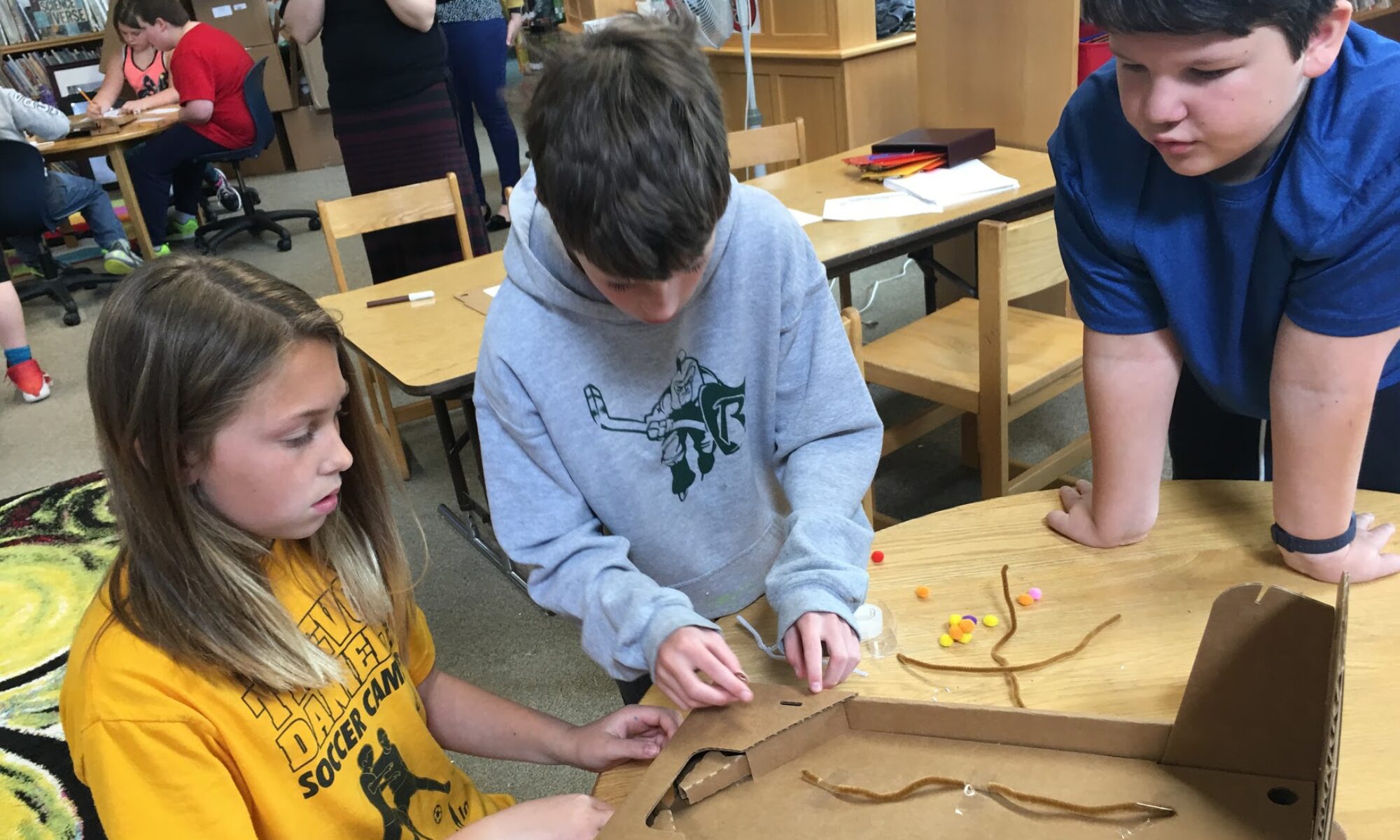

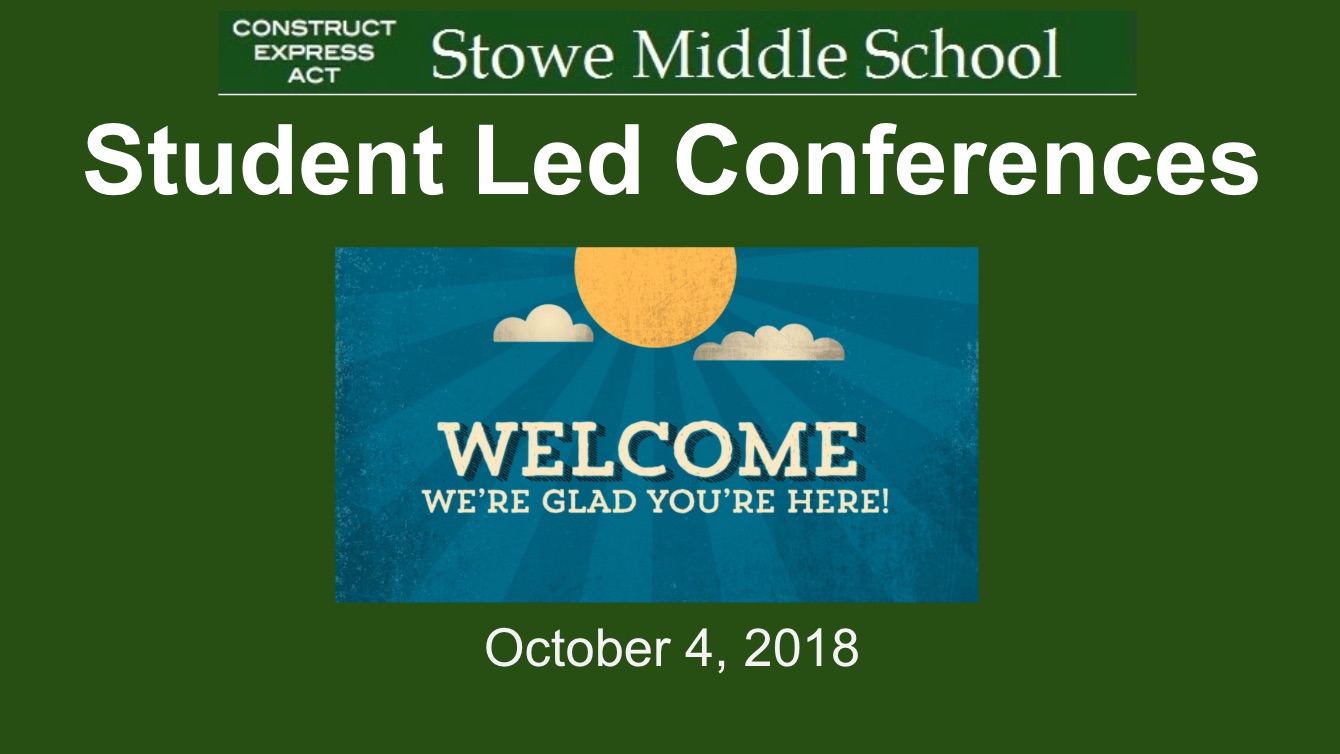

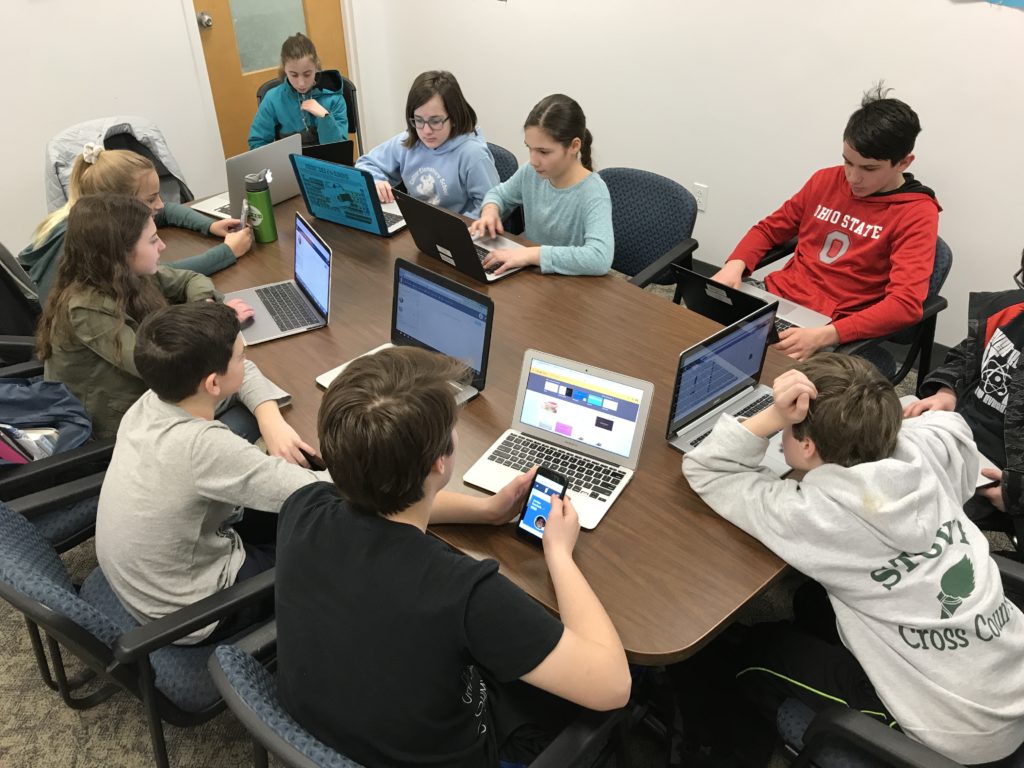
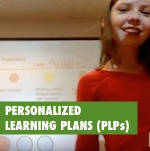
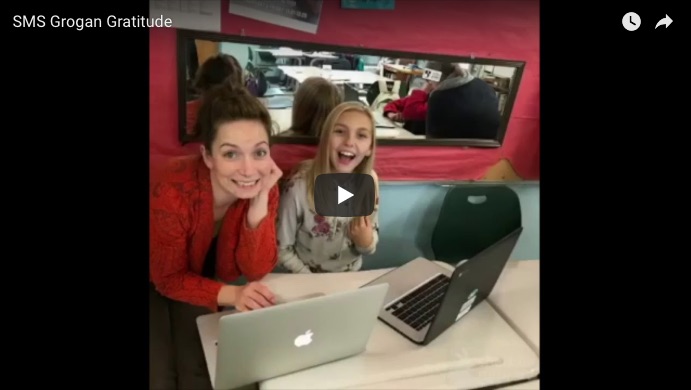
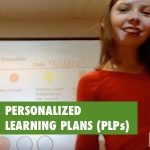
 Despite this gorgeous fall weather here in central Vermont, I’m suffering from a bad case of wanderlust. One antidote I’ve found to satisfy the daily craving to hit the high road is the
Despite this gorgeous fall weather here in central Vermont, I’m suffering from a bad case of wanderlust. One antidote I’ve found to satisfy the daily craving to hit the high road is the  School is off to a rollicking start thanks to you and your
School is off to a rollicking start thanks to you and your 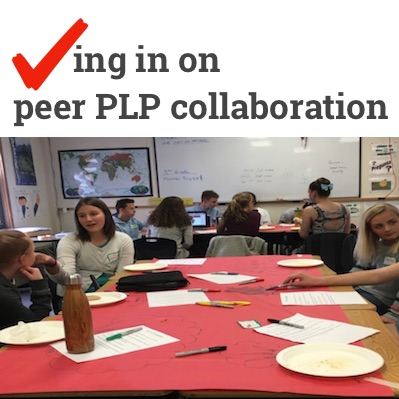
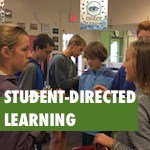 Creating sustainable systemic change is hard work. Yet there are readily available, free, renewable resources right in your classroom. Students are embedded experts, creative geniuses, ruthless truthtellers, and intrinsic futurists.
Creating sustainable systemic change is hard work. Yet there are readily available, free, renewable resources right in your classroom. Students are embedded experts, creative geniuses, ruthless truthtellers, and intrinsic futurists.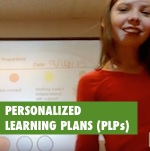
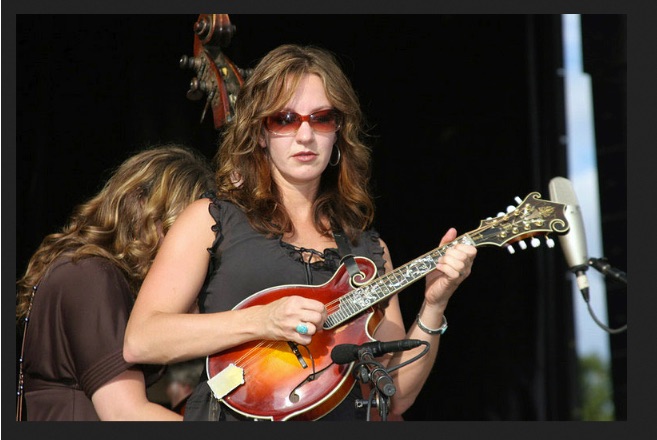
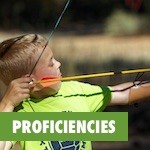 I worked with a group of teachers this summer to re-think goal-setting with their students. We know it’s a key component to developing Personalized Learning Plans (PLP), but students reported little engagement in following through on and reflecting about their goals.
I worked with a group of teachers this summer to re-think goal-setting with their students. We know it’s a key component to developing Personalized Learning Plans (PLP), but students reported little engagement in following through on and reflecting about their goals.